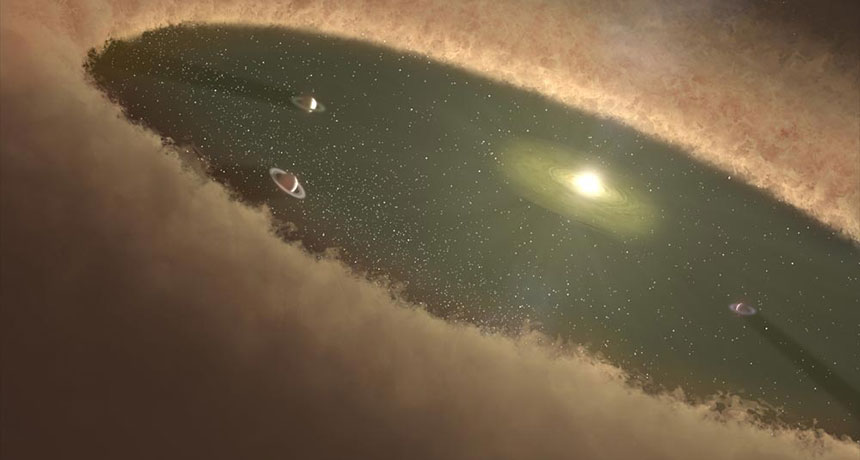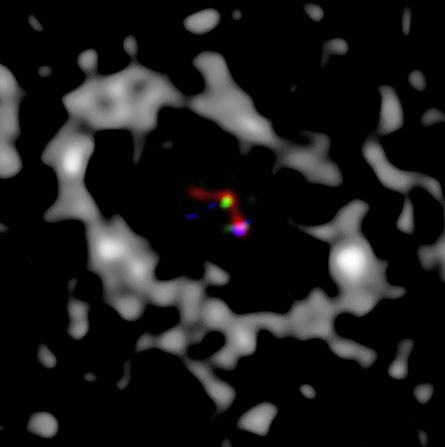Glimpse of baby planet shows what to expect when a star is expecting
Swirling, superheated hydrogen fueling the infant world’s growth

SPACE LABOR Baby planets growing in the womb surrounding the young star LkCa 15 will eventually give rise to a young solar system, such as the one illustrated here.
JPL-Caltech/NASA








